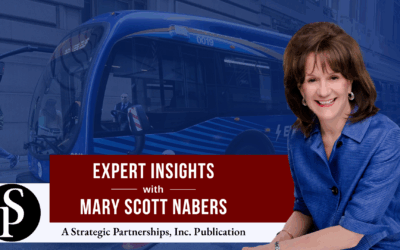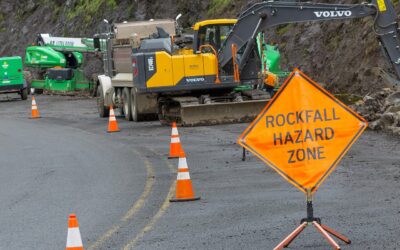Will a majority of Americans give up automobiles and rely on public transportation in the not-too-distant future? Maybe not, but dependence on public transportation is definitely on the increase. Two things are happening as a result of this. Motorists are being tempted to abandon their automobiles and a large marketplace for companies with transit goods, services and solutions is emerging.
Here’s what’s driving the trend:
- America is a mobile society and everyone is in a hurry to get somewhere;
- Parking has become a significant problem;
- Fuel costs create disincentives for motorists;
- Younger millennials represent the fastest growing segment of the population that is not eager to own a personal automobile; and
- Economic development is driven by new retail and corporate relocations, both of which press hard for more public transportation options for employees.
Transportation experts say that demand for public transportation will only increase. Local government leaders obviously believe it because they are launching lots of public transportation initiatives.
Cities are building new stations and refurbishing older, outdated ones. Municipal transit hubs are being expanded to connect to other transportation modes. New transit projects are being launched as cities strive to connect riders to popular destinations such as sporting events and airports.
Megastations are becoming popular. These multimodal hubs are usually located alongside housing, retail and green space. As developers create “vertical cities” with education, housing, retail and entertainment all in one area, megastations become almost essential.
Because projects related to transportation are large and complex, they are attractive targets for public-private partnerships. The Rhode Island Department of Transportation will select a private-sector partner soon for its Providence Intermodal Transit Center. This project will likely exceed $100 million in value.
The Charlotte Gateway Station in North Carolina is a good example of what is happening in many states. A multimodal transportation facility is being planned and there are many partners. It will be a joint project between the city of Charlotte and the North Carolina Department of Transportation. The project has received a federal transportation grant of up to $30 million but because more funding will be required, the project team will likely reach out for a private-sector partner. The new station will anchor a mixed-use development and provide bus and rail passengers with modern amenities.
Last year, with local community input, Amtrak released a plan to update the busy 30th Street station in Philadelphia. There has not yet been an estimated cost attached to the project, but the goal is to create a mixed-use urban district with a transportation hub at its center.
Los Angeles County Metropolitan Transportation Authority recently released renderings of a planned new Airport Metro Connector Transit Station where riders will be transported in “driverless trains” to differing terminals of the Los Angeles International Airport (LAX). The station will include light rail transit platforms, a bus plaza with terminal facility, a bicycle hub, pedestrian plaza and a metro plaza center. Construction will begin in 2018.
In North Carolina, the Wake County Transit Plan includes a Raleigh Union Station Bus Facility that will include bus rapid transit (BRT) that connects with intercity rail service. Planning is underway to evaluate the possibility of a local and regional bus transfer hub, BRT station, commuter rail station, Amtrak station and a parking garage.
A new Amtrak train station is also planned for downtown Buffalo, N.Y. It will replace the city’s Exchange Street Station. A New York State panel approved a downtown site for the station and the project is expected to cost between $34 million and $86 million. When complete, the new station will be intermodal, connecting passengers to other public transit modes, and will prepare Buffalo for potential high-speed rail service.
Public transportation projects are abundant and, depending on the convenience the new travel options provide, Americans may be tempted even more to leave their automobiles parked at home.
SPI’s newsletters are excellent sources of government procurement information. Subscribe here.






